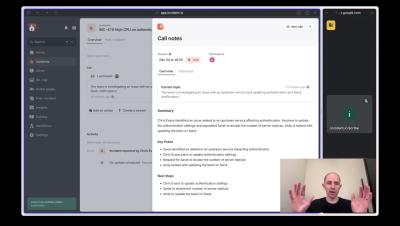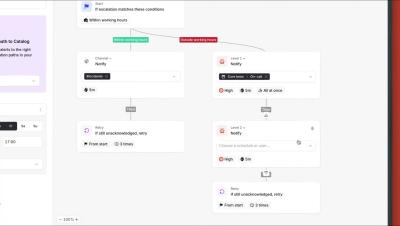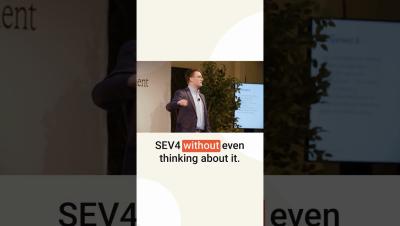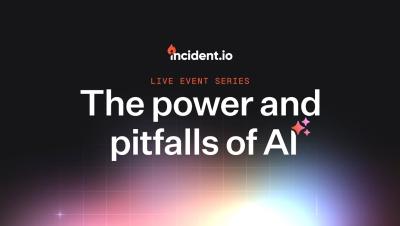Operations | Monitoring | ITSM | DevOps | Cloud
Latest Videos
2024 year in review with the incident.io founders
In this episode, we take a look back at 2024 at @incident-io — reflecting on the year’s personal milestones, company-wide changes, and how our product has evolved along the way. Of course, no reflection would be complete without a healthy dose of "banter". Join us as we wrap up the year with insights, laughs, and a lookahead to what's coming early 2025.
Weekly demo: Streams
This week, we show how you can manage large-scale incidents by breaking the work down into streams with their own Slack channels and calls.
Weekly demo: Post-mortems in-app
This week we walk through writing post-mortems in the app, from resolving the incident to building a comprehensive post-incident summary directly in-app.
Redefining incident management: the power and pitfalls of AI
Like it or not, AI is having a monumental impact on our lives. Most of the products we engage with today have AI features and functionality, aimed at assisting or completely replacing the actions normally taken by humans. When it comes to incidents, we’re firm believers of accelerating human actions, and believe the risk of over-automation far outweighs the benefits. In this live event we’ll dig a little deeper on why, as we cover the power and pitfalls of AI.











